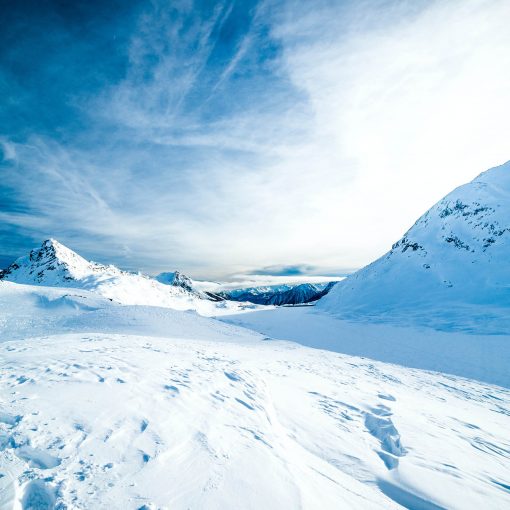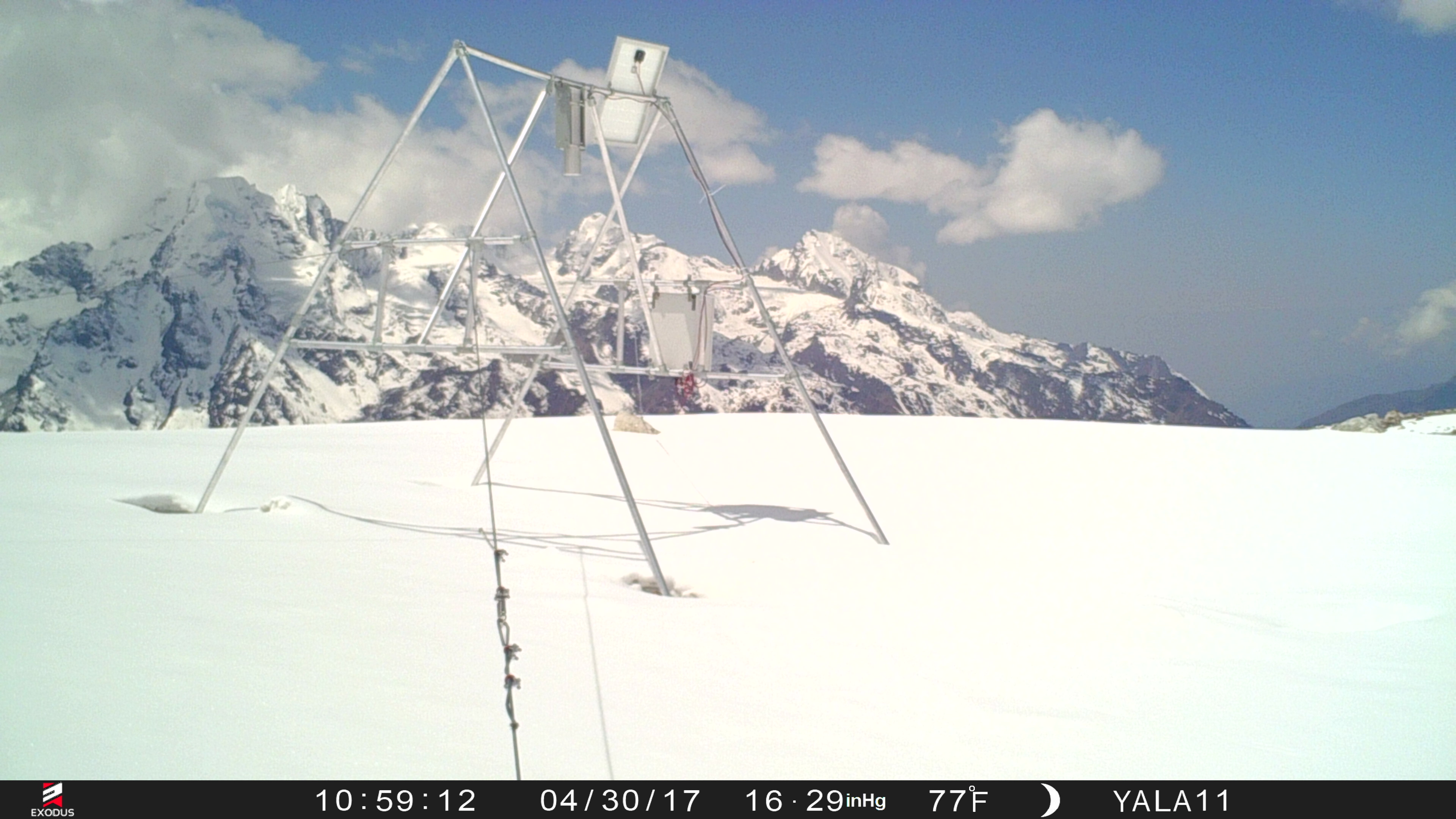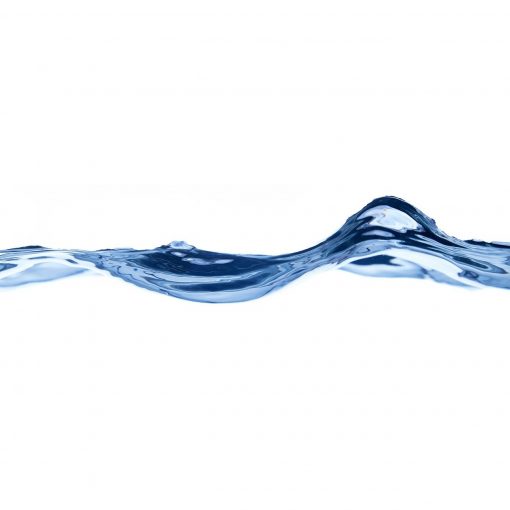Ongoing global warming has resulted in a widespread retreat of glaciers since the end of the Little Ice Age, having important consequences for the society and the environment. There is a wide debate about the extent humans can be considered as responsible for the glacial retreat we observe nowadays. Over the 20th century the anthropogenic influence on the climate system has increased and according to a few global studies this signal has become a prevalent explanation for the observed decrease in glacier mass since the 1980s. These studies have however mainly investigated historical glacier changes with a focus on changes in glacier mass balance solely, whereas several studies have indicated that a relation between glacier dynamics and thinning rates exist. For this reason, the coupling between mass balance models and ice flow models with a sufficient representation of glacier dynamics is crucial.
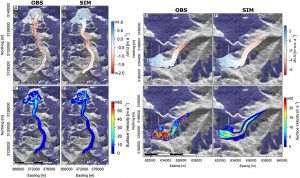
A new study published (open access) in Frontiers in Earth Sciences led by René assesses the response of glaciers to natural and anthropogenic climate change from the end of the Little Ice Age (1850) to the present-day (2016). A coupled glacier mass balance and dynamical ice flow model was developed and applied to two glaciers with contrasting surface characteristics: the debris-covered Langtang Glacier (Nepal) and the clean-ice Hintereisferner (Austria). The model was forced with four climate models from the historical experiment of the CMIP5 archive, which represent region-specific warm-dry, warm-wet, cold-dry, and cold-wet climate conditions. To isolate the effects of anthropogenic climate change on glacier mass balance and dynamics runs are selected from the climate models with and without further anthropogenic forcing after 1970 until 2016.
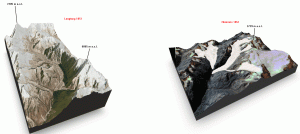
The findings of this study indicate that both glaciers experience the largest reduction in area and volume under warm climate conditions, and the simultaneously surface velocities generally decrease over time. Without further anthropogenic forcing the findings reveal a 3% (9%) smaller decline in glacier area (volume) for the debris-covered glacier and a 18% (39%) smaller decline in glacier area (volume) for the clean-ice glacier, which indicates that the response of the two glaciers can mainly be attributed to anthropogenic climate change. Here, the debris-covered glacier shows a limited retreat and tends to lose less mass due to insulation of the glacier surface by a layer of supraglacial debris, where the clean-ice glacier responds faster to climate change and shows a larger retreat.

